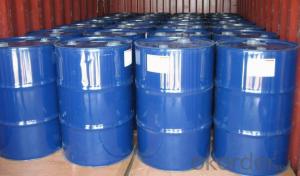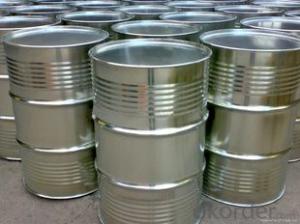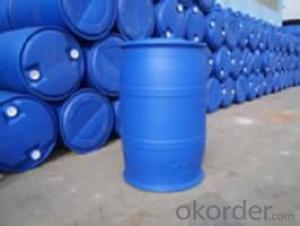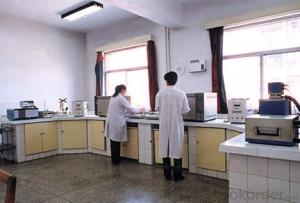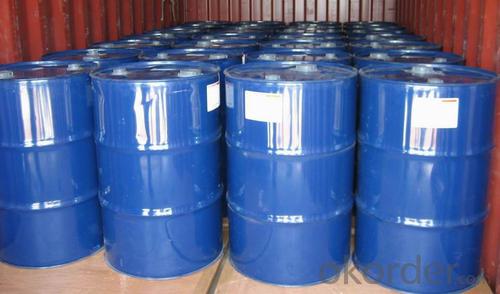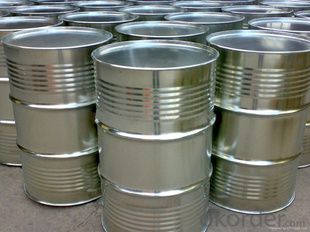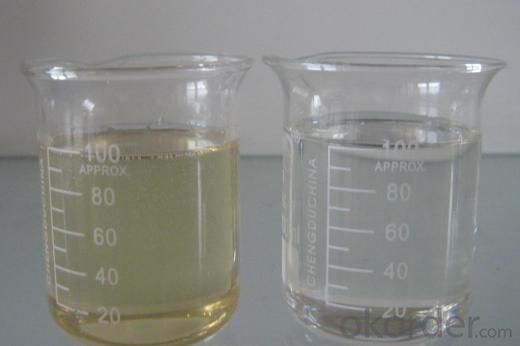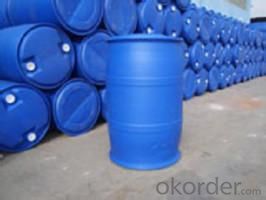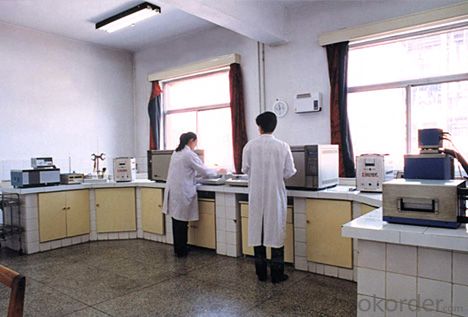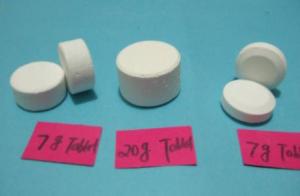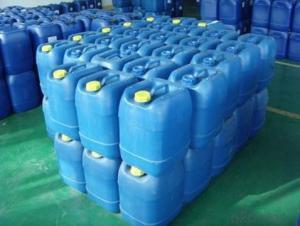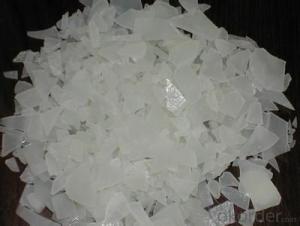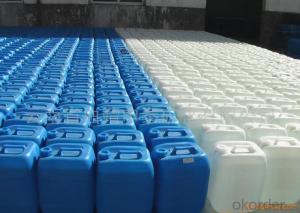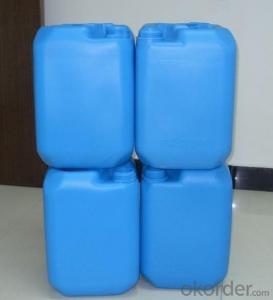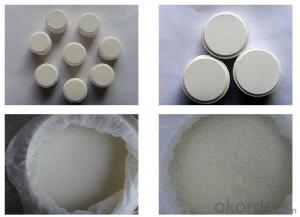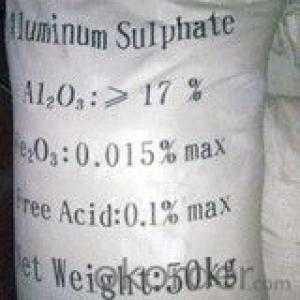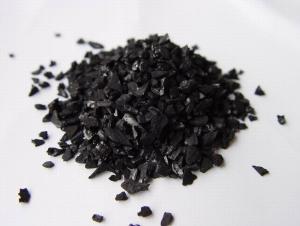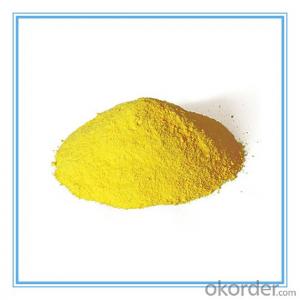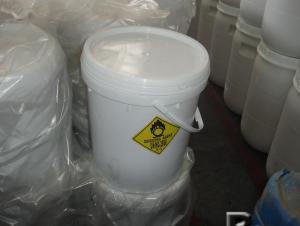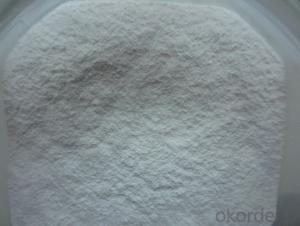Diethylene Glycol Dibenzoate DEDB Best Quality
- Loading Port:
- Tianjin
- Payment Terms:
- TT OR LC
- Min Order Qty:
- 16.8
- Supply Capability:
- 8000 m.t./month
OKorder Service Pledge
OKorder Financial Service
You Might Also Like
Product performance:
Polyol Benzoate (DEDB) is colorless or pale yellow transparent oily liquid, water-insoluble, soluble in aromatic hydrocarbons, ketones and ethers, and has good compatibility withpolyvinyl chloride, ethylene - vinyl acetate copolymer, poly vinyl acetate, polymethylmethacrylate, polyvinylbutyral, nitrocellulose, and ethyl cellulose, etc.
Product application:
Polyol Benzoate(DEDB) is an environmentally friendly plasticizer with the characteristics of strong solubility, good compatibility, low volatility,resistant to oil, water, light, pollution etc. It is suitable for processing PVC flooring material, plastisol, artificial leather, cable material, soft and hard pipe, shoes material, rubber strips, synthetic rubber, and paint, printing ink, etc. It has a better plasticized effect if it is used together withDOP or DBP, and has greatly achieved the purpose of reducing cost .
Product quality index
Item | First grade | Second grade |
Chroma(APHA) ≤ | 50 | 60 |
Ester % ≥ | 99.5 | 90.0 |
Density(20°C)g/ | 1.120-1.126 | 1.172-1.78 |
Acidity(as benzene dicarbonic acid) % ≤ | 0.01 | 0.02 |
Flash Point °C ≥ | 195 | 192 |
Loss on heat(125°C,2 hours)% ≤ | 0.3 | 0.5 |
Chroma after heat treatment | 80 | 100 |
Specifications
1. Direct producer with 15 years experience
2. ISO9001:2000
3. High quality, lower price and best service
4. New plasticizer
Packaging: IBM, net weight: 1000 kg.
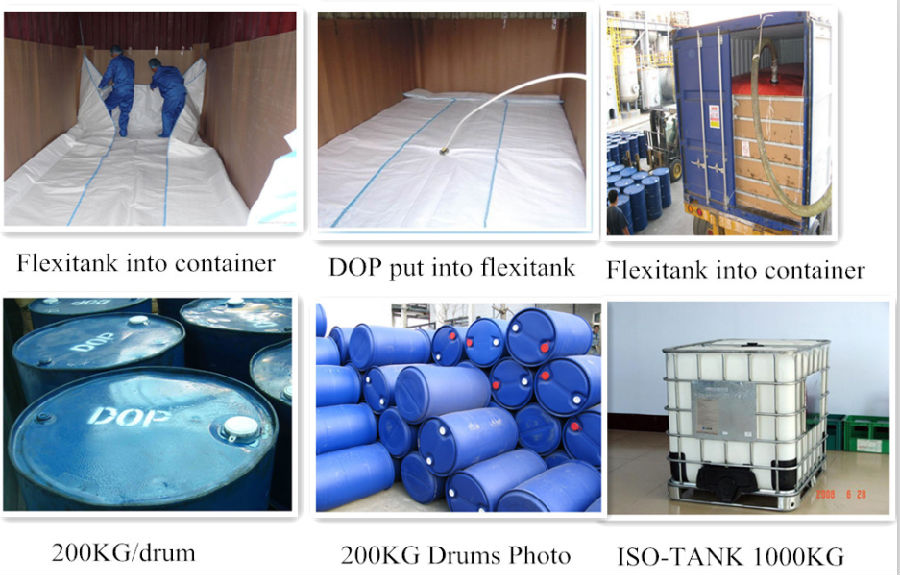 Our Factory:
Our Factory:
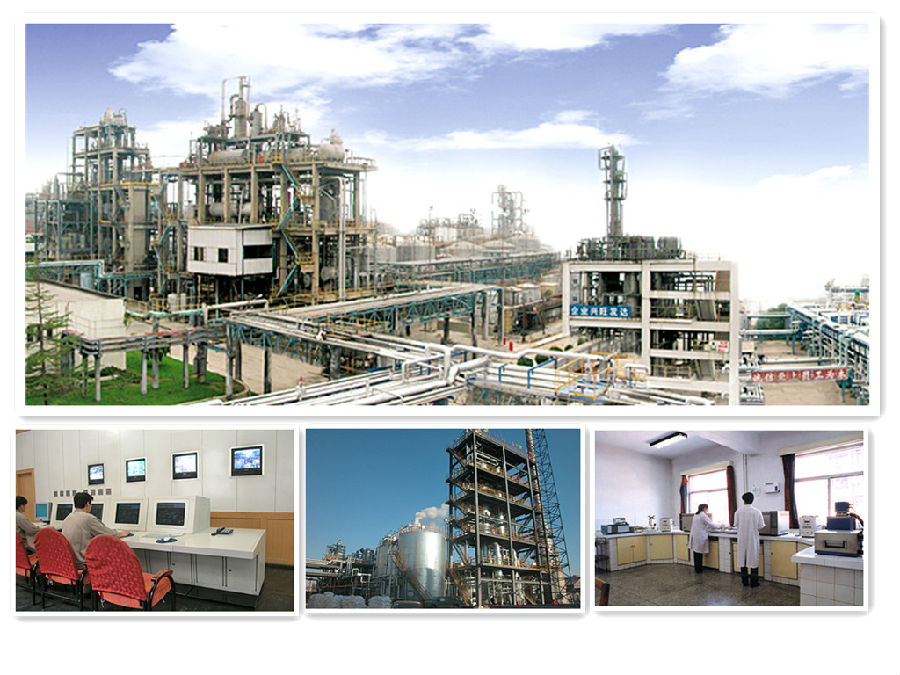
- Q: Before and after the reaction, the chemical properties and quality of the water did not change, and the water was the catalyst
- 3HIO + 3H2 = 3H2O + 3HI
- Q: What are the pharmaceutical manufacturing companies now using PT / AL_203 catalysts?
- Yueyang Eagle Hill Petrochemical Plant
- Q: Exemplify the use of green catalysts in green chemistry
- Photocatalytic water generates oxygen and hydrogen
- Q: Briefly define a homogenous catalyst? Help please!?
- Define Homogenous
- Q: 1. Catalysts can help to bring the reactants together in the correct orientation2. The chemical formula of a catalyst is written on the left hand side (reactant) side of an equation.3. Catalysts can provide a surface on which the reaction occurs.4. Catalysts increase the activation energy.5. Catalysts increase the magnitude of the equilibrium constant, thus favoring product formation.6. "Enzymes" are biochemical catalysts.7. Catalysts increase the rate of a reaction.8. Catalysts are slowly used up during the reaction and need to be replaced.
- 1. Catalysts can help to bring the reactants together in the correct orientation False. It provides an alternative pathway (of lower activation energy) for reaction to occur. 2. The chemical formula of a catalyst is written on the left hand side (reactant) side of an equation. False. Written on the arrow that show the reatctants becoming products. 3. Catalysts can provide a surface on which the reaction occurs. True. For instance platinium in the case of hydrogenation of alkenes.
- Q: Comparison of biocatalysts with chemical catalysts!
- (1) The chemical reaction catalyzed by the biological enzyme is generally carried out under relatively mild conditions. (2) The enzyme has the highest activity at the optimum temperature and pH, and the temperature of the biocatalyst is more moderate. And PH high or low, the enzyme activity will be significantly reduced.In general, the animal in the enzyme the optimal temperature between 35 ~ 40 ℃; plant enzyme in the optimal temperature between 40 ~ 50 ℃; animal body Of the enzyme most of the most suitable pH between 6.8.0, but there are exceptions, such as the optimal pH of pepsin 1.5; plant enzymes in the most suitable pH between 4.6.5. (3) acid, Or the temperature is too high, the enzyme structure will be destroyed, so that the enzyme permanently inactivated .0 ℃ or so, the enzyme activity is very low, but the spatial structure of the enzyme is stable, at the appropriate temperature of the enzyme activity can be increased The
- Q: The last question asked no one answered this question.
- No other, is the test, so I put the pit out of the theory ... ...
- Q: Why can some catalysts be reused in (chemistry)?
- Because the catalyst in the chemical reaction before and after the quality and chemical properties have not changed, so in the chemical reaction can be reused.
- Q: Is the enzyme in the enzyme bigger than gold?
- No: A biological enzyme is a biocatalyst that is produced or extracted from a biological organism. The catalyst is a substance that accelerates the chemical reaction and does not change itself in the chemical reaction. In layman's terms, the catalyst is a special substance that catalyzes it. Enzyme as a member of the catalyst family has its own special properties. Each of the biological enzymes will only selectively react to some chemical reactions.
- Q: Why would the Eact decrease if a catalyst is added?
- Catalysts work by providing an (alternative) mechanism involving a different transition state and lower activation energy. The effect of this is that more molecular collisions have the energy needed to reach the transition state. Hence, catalysts can perform reactions that, albeit thermodynamically feasible, would not run without the presence of a catalyst, or perform them much faster, more specific, or at lower temperatures. This can be observed on a Boltzmann distribution and energy profile diagram. This means that catalysts reduce the amount of energy needed to start a chemical reaction.
Send your message to us
Diethylene Glycol Dibenzoate DEDB Best Quality
- Loading Port:
- Tianjin
- Payment Terms:
- TT OR LC
- Min Order Qty:
- 16.8
- Supply Capability:
- 8000 m.t./month
OKorder Service Pledge
OKorder Financial Service
Similar products
Hot products
Hot Searches
